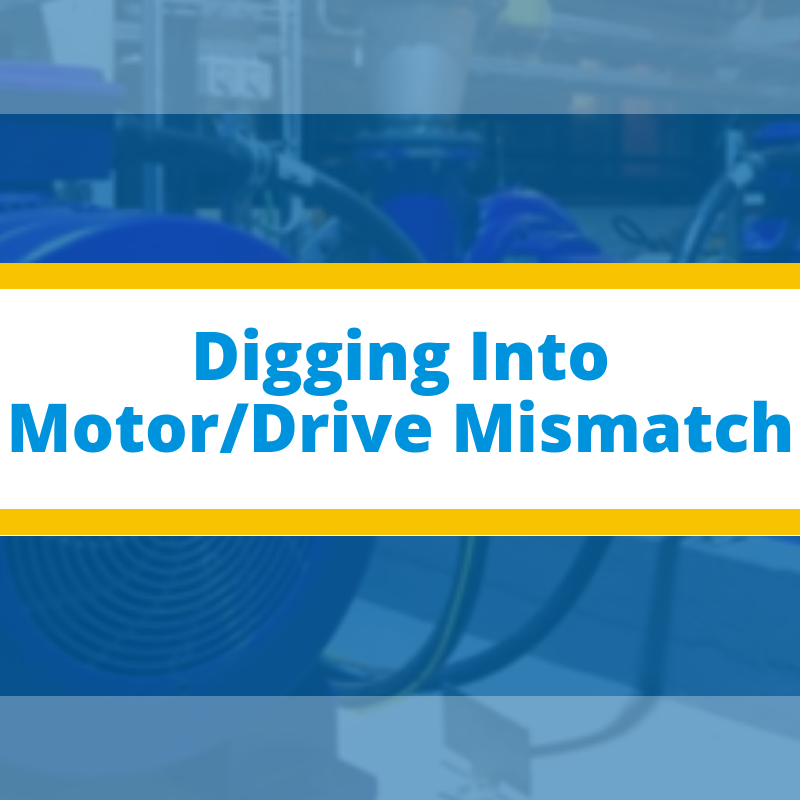The early 1950's marked the entry of one of the most revolutionary products in the history of industrial automation: the Variable Frequency Drive. Since then, the product design has evolved and refined at an increased pace. Even in the 21st century, there is no alternative in sight, and thanks to continued improvement, VFDs have solidified their position in the field of automation.
VFDs and Harmonics
Cybersecurity and Drives: What Dangers Exist and How to Prepare for them?
The infamous Stuxnet worm made headlines in 2009 when it penetrated Iranian Nuclear Facilities, resulting in the destruction of their centrifuges. The debate regarding the origin of the worm spanned political boundaries, but nonetheless it uncovered the next generation of zero-day attacks that could disrupt industrial processes relying on inter-connected components.
VFDs are incorporated into motor control to improve process efficiency and bring down maintenance episodes, but some plant managers experience the opposite. Why? Quite certainly, this is the result of a mismatch between motors and drives.
One may think of variable speed drives to be the culprit, but the fact is, they don’t make motors fail. It is incorrect planning and selection that is the root cause. Modern drive technology should not be sidelined due to fears of motor failures.
Inrush currents can surge up to eight times the nominal current within a motor when it is started through direction line. Such surges can be extremely hazardous for the entire distribution network and can cause voltage dips as well as mechanical damage to the motor itself. It is for these reasons that utilities and government regulatory bodies have started to raise the requirements for three-phase induction motors. For instance, after the initial IEC 60034-30:2008 regulation, the Amendment 04/2014 was released that dealt with energy consumption, efficiency and classes of three phase induction motors.
Variable frequency drives (VFDs) are used to control the speed and torque of three phase AC induction motors. VFDs also provide start, stop, acceleration, deceleration, and direction control. There are a lot of factors to take into consideration when selecting a drive. Understanding the application, control, feedback, and operational environment is crucial to ensure that your drive application solutions are the right solutions.
There are many reasons why lead length between Variable Frequency Drives (VFDs) and motors are excessive. VFDs are sensitive electronic equipment and must be installed in clean and dry environments, forcing long distances between motor control rooms and the motors that they control. Also, some applications such as conveyors often use a single drive to operate multiple motors on the line. The length of the conveyor dictates the longest distance between drive and motor. With these constraints, output load reactors are the best answer in drive solutions to preventing motor failure.








